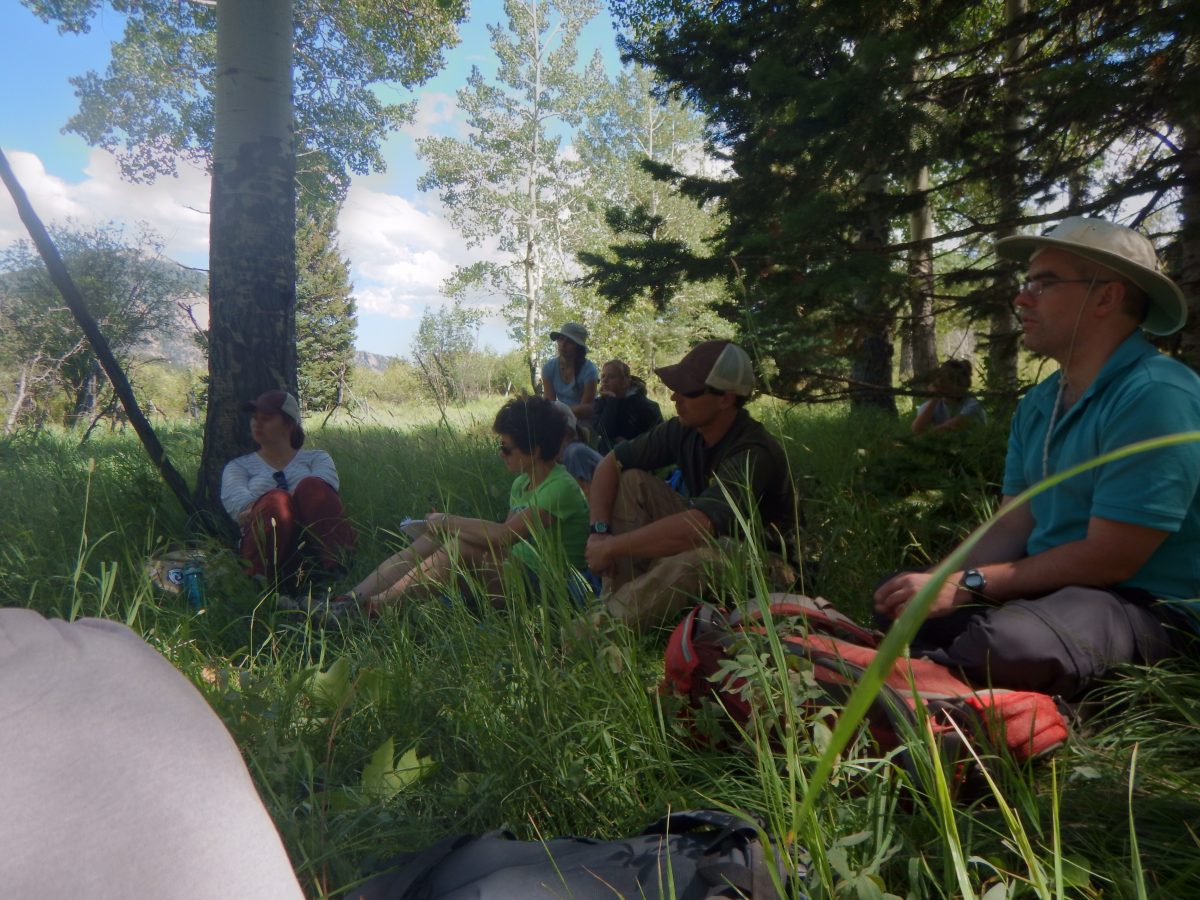As appearing in SOURCE
CSU’s Public Lands History Center has received new support that will allow it to partner with the National Park Service on an expanded number of large, complex research projects.
The center, based in CSU’s Department of History, has worked closely with the National Park Service on past initiatives, including research on Rocky Mountain National Park, Japanese-American internment camps in New Mexico and a panel discussion on campus titled “The Color of Our Parks: Nature, Race and Diversity in the National Park Service.”
But those efforts have been on an ad hoc basis. Now, the center and NPS plan to forge an agreement that would accommodate a higher volume of collaborations for projects in the $100,000 to $500,000 range, according to Jared Orsi, a professor in the Department of History and chair of the PLHC Faculty Council.
The funding
The center, one of 21 units at CSU to receive designation from the CSU Office of the Vice President for Research as a Program for Research and Scholarly Excellence last spring, was just selected as one of only five of those units that will each receive about $100,000 over two years.

“This is going to provide us the staff support we need to expand our capacity to involve students in projects for clients and bring their results to the larger community through public programming and publication,” Orsi said. “Expanding our work for the Park Service will enable the PLHC to carry out the university’s land grant mission of integrating education, research and outreach.”
“The National Park Service has a long history of partnering with the Center on research projects that benefit both the University and NPS,” NPS Assistant Regional Director for Cultural Resources Thomas Lincoln wrote to the VPR office in a letter of support. “I have approached the Center with an interest in developing a broader scope to our mutual research interests, including multi-park projects, administrative histories and research into contemporary issues affecting parks and higher education, e.g., civil rights, federal land development and how it affects National Parks, visitor use in our National Parks and global warming/climate change.”
Parks as Portals to Learning
One of the innovative programs that distinguishes the PLHC as a top research center and will benefit from new funding is the Parks as Portals to Learning interdisciplinary field workshop. In the workshop, History faculty and students collaborate to identify and implement ways of integrating history into the experience of guests to Rocky Mountain National Park. In doing so the program addresses a real-world, practical problem: the disconnection between academic teaching and research on the one hand, and professional natural resource management in the public land agencies on the other.

Parks as Portals to Learning uses environmental history as a foundation for students, professors, and agency professionals to analyze contemporary resource issues such as climate change, air quality, and elk-vegetation dynamics. For one week each August, a group of students and faculty from a range of disciplines stay on the ground in Rocky Mountain National Park. They engage with park natural and cultural resource managers, learn about management issues within the park, and propose ways to use environmental history to address these issues and propose creative strategies for learning about and preserving park resources.
A shared future
The Intermountain Region, the largest in the National Park Service, includes 84 parks and other reserves in eight states, from Texas to Montana. The new partnership is expected to provide CSU graduate students with even more real-world experience performing research on the history of public lands, supervised by CSU faculty. Orsi said possible topics include the effect of climate change on the parks, interpretation, human impacts, structure preservation, park security, investigations of environmental history, visitor safety and studies of race in the parks.
“These research efforts not only make the parks and their history more relevant to our public, both national and international, they assist in our making effective and efficient decisions on managing our sacred places,” Lincoln wrote to CSU Vice President for Research Alan Rudolph. “The National Park Service Intermountain Region is proud to partner with the Center and its faculty on significant research projects, and I envision a shared future with the Center of outstanding scholarship and outreach to students and our many partners in and outside of Colorado.”
